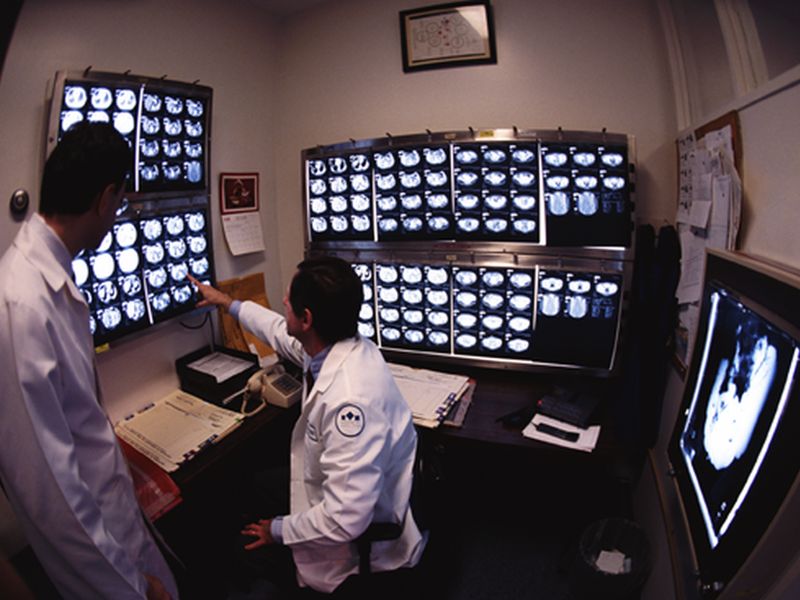
Monday, February 22, 2016

MONDAY, Feb. 22, 2016 (HealthDay News) -- Many lung and esophageal cancer survivors have PET imaging scans as part of ongoing monitoring for the possible return of cancer, but a new study suggests that many of those scans may be unnecessary.
In addition, the researchers found that having the pricey scans as the first line of imaging detection might not improve survival rates.
PET scans can detect early signs of cancer. But these tests can be expensive and aren't recommended by experts as the first option for long-term monitoring of cancer survivors. Medicare limits follow-up PET scans for cancer survivors to three per patient, the study authors noted.
"PET scanning is a great technology and very effective, but using it [to screen for cancer recurrence] doesn't seem to make any difference for these cancers that have a relatively poor prognosis," said study author Dr. Mark Healy, a surgical resident and research fellow at the University of Michigan in Ann Arbor.
"The appropriate use of PET scanning in follow-up care for lung and esophageal cancer is after findings on lower-cost imaging options," he said in a university news release.
National guidelines call for this method of using PET scans, the researchers said, but this study suggests they are not being followed.
The researchers looked at Medicare data from more than 100,000 people nationwide who had lung and esophageal cancer in the mid-2000s and received follow-up care through 2011. More than 22 percent of the lung cancer survivors had a PET scan without first having another type of medical imaging. For esophageal cancer survivors, 31 percent had a PET scan alone, the study revealed.
Use of PET scans to monitor the patients varied widely among hospitals. In some hospitals, PET scans were almost never done. In others, the advanced technology was used often. Some hospitals used PET scans eight times more often than others, the researchers said.
But lung cancer patients who received follow-up at a low PET-use hospital were just as likely to survive two years as those who went to a high PET-use hospital, the study reported.
"Our work shows that almost no one is getting to the three-scan limit set by Medicare. But, with many thousands of patients getting one or two scans across the whole country, this is still a very large number, with very high costs. If the intention of the policy is to curb overuse, this doesn't seem to be a very effective method, and the agency should reevaluate how it structures its limits," Healy said.
The study was published online Feb. 22 in the Journal of the National Cancer Institute.
SOURCE: University of Michigan Health System, news release, Feb. 22, 2016
HealthDay
Copyright (c) 2016 HealthDay. All rights reserved.
- More Health News on:
- Health Screening
- Lung Cancer





























.png)











No hay comentarios:
Publicar un comentario